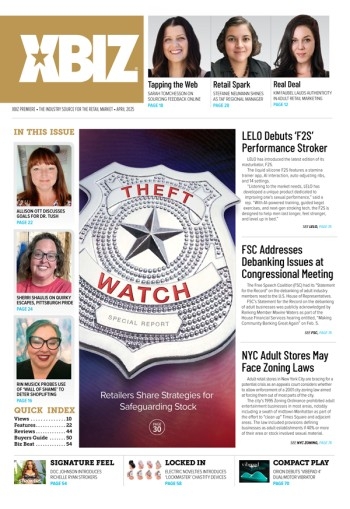Next, find a good hosting solution. There is a notion that to sell large volumes of content, you will need to go through a Content Delivery Network. If you've been told that, you've been misled. A CDN serves an important purpose only when running live webcasts and is not necessary for downloaded content that has few requests. This is particularly true with larger libraries where downloads are aggregated across the library, thereby reducing demand on specific files. Any "Class A" datacenter with high availability bandwidth should be able to meet your needs. Many DRM providers are established with a datacenter, so check with your DRM company first to see who they prefer.
The most common bottleneck issue will be the server itself. If you have a server that is limited in memory or processing speed, it may not support your traffic. Customers who have to wait or are timed out will go somewhere else. For this reason, I recommend that you throttle your users, allowing more access to each server. Imagine your traffic as being on-ramps to a highway and that everyone has many cars. If you run all of your cars side by side, you will end up jamming the entire highway. But, if you run them in a row, you will use only one lane. Traffic may be a bit slower, but it will continue to move. Talk to your hosting provider to learn more.
Another misconception is that in order to run Windows Media format content, you need a Windows server. Streaming servers were over-hyped a few years ago, and most people still think that all online video is "streaming" video. Streaming, in most cases, is used for live feeds or streams. Progressive downloads are more common, and with the protection offered by DRM, downloaded rentals are becoming the norm. You can deliver almost any format of video, from almost any OS. It is just another file that you create a link to, and the end user's system will identify it and use the proper application to run it.
The next vital link is the payment system. DRM isn't just a system to protect your content, it also is a way to sell content. It creates a strong barrier for your content and also offers innovative business models to choose from. Talk to your DRM provider to see which payment systems they prefer.
Once your infrastructure is in place, you are ready to build your pay-per-view site. These are the steps needed to build your site using the Microsoft Media Solution:
Configure your content rights profiles with your DRM provider. This is where you determine how your content is purchased (tokens, drop charged, etc.) and how content is used (time restraints, number of plays, etc.). Tokens are a novel idea that creates a wallet with preloaded tokens. Your end user draws from those tokens whenever they find content they wish to view. This model works best in managing micro-payments, while building retention.
Set your price SKUs with your payment processor and integrate the two. Make sure you charge enough to cover your cost and pay your affiliates while developing incentives for your customer to buy more. Volume discounts work well. Your IPSP can assist you in configuring these SKUs.
Download the free Windows Media Encoder. This is one of the easiest tools to create, encode, modify, enhance and encrypt Windows Media videos. And best of all, it's free. Once you've downloaded the encoder, go to the properties tab and see what it does. You can click the "register" button in the "plugins" section, which allows access to more effects and UI tools.
Load the DRM key into the encoder. Once you've created rights profiles in your DRM interface, you will download a small script that is then loaded into the encoder.
Encode and encrypt the content (this can be done simultaneously). The encoder also allows you to add effects to the footage — crop, compress and add an invisible watermark to your content.
Play the file. When the file is complete, you will be prompted (this sets the license key) to play the file. During this stage, you can confirm your setting and install the information on a DRM server.
Place the file on your servers and link to it.
The length of time it takes to deploy such a model is dependent on the length, size and resolution of your files, but outside of that, it should only take a couple of days before you can sell content online. The challenge now becomes where to get content.
I once heard that "he who has the content is king." In this age of digital media distribution, anything is possible, and niche content — however obscure — has the potential to make a profit. Content owners who take advantage of this new technology are five steps ahead of the game. There is already so much content out there that has not yet been converted to the online medium … think of the possibilities!
Randall Crockett is vice president of DRM Networks, a Windows Media Rights Management Partner that was founded in 2001. DRM Networks is a complete, turnkey application service that is fully E-commerce enabled and creates an easy-to-deploy, quick-to-market solution for the distribution of media content. For demonstrations and additional information about DRM Networks, visit www.drmnetworks.com.







